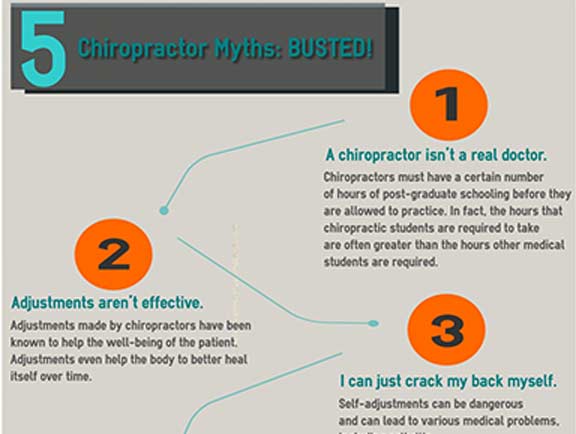Regular Activities That Add To Neck And Back Pain And Ways To Avoid Them
Regular Activities That Add To Neck And Back Pain And Ways To Avoid Them
Blog Article
Material Produce By-Cates Harper
Preserving proper pose and preventing typical challenges in daily activities can dramatically affect your back health and wellness. From how you sit at your desk to just how you raise hefty things, little modifications can make a huge distinction. Think of a day without the nagging pain in the back that hinders your every step; the service might be simpler than you think. By making a couple of tweaks to your everyday behaviors, you could be on your way to a pain-free presence.
Poor Posture and Sedentary Way Of Life
Poor position and an inactive lifestyle are 2 significant contributors to back pain. When you slouch or suspicion over while sitting or standing, you put unnecessary stress on your back muscles and spinal column. This can result in muscle imbalances, stress, and ultimately, chronic neck and back pain. In addition, sitting for long periods without breaks or physical activity can weaken your back muscular tissues and lead to tightness and pain.
To deal with inadequate posture, make a mindful initiative to sit and stand directly with your shoulders back and straightened with your ears. Keep in mind to keep your feet flat on the ground and stay clear of crossing your legs for prolonged periods.
Including routine stretching and enhancing workouts into your daily regimen can also help boost your position and minimize back pain connected with an inactive way of life.
Incorrect Lifting Techniques
Incorrect lifting methods can substantially contribute to neck and back pain and injuries. When you lift hefty objects, keep in mind to bend your knees and use your legs to lift, as opposed to relying upon your back muscle mass. Stay clear of turning your body while lifting and keep the item close to your body to decrease pressure on your back. lower back muscles to maintain a straight back and stay clear of rounding your shoulders while raising to stop unnecessary pressure on your back.
Constantly examine click here for more info of the object before raising it. If it's too hefty, ask for aid or usage tools like a dolly or cart to move it securely.
Remember to take breaks during lifting jobs to offer your back muscle mass a chance to rest and prevent overexertion. By implementing appropriate lifting strategies, you can prevent pain in the back and decrease the risk of injuries, guaranteeing your back remains healthy and solid for the long term.
Lack of Normal Workout and Extending
A less active way of living without regular exercise and stretching can significantly add to back pain and discomfort. When you don't engage in physical activity, your muscles come to be weak and stringent, leading to poor posture and raised strain on your back. Regular exercise helps strengthen the muscles that support your spinal column, enhancing stability and minimizing the threat of neck and back pain. Incorporating stretching into your regimen can additionally boost flexibility, protecting against stiffness and discomfort in your back muscular tissues.
To stay clear of pain in the back brought on by an absence of exercise and stretching, aim for a minimum of 30 minutes of moderate exercise most days of the week. Include workouts that target your core muscle mass, as a solid core can aid minimize pressure on your back.
Additionally, take breaks to extend and move throughout the day, specifically if you have a desk work. Simple stretches like touching your toes or doing shoulder rolls can assist alleviate tension and protect against pain in the back. Prioritizing routine exercise and stretching can go a long way in keeping a healthy back and reducing discomfort.
Verdict
So, bear in mind to stay up directly, lift with your legs, and stay energetic to stop neck and back pain. By making straightforward adjustments to your day-to-day routines, you can prevent the discomfort and limitations that come with pain in the back. Deal with your spinal column and muscle mass by practicing great posture, correct lifting methods, and normal exercise. Your back will thanks for it!
